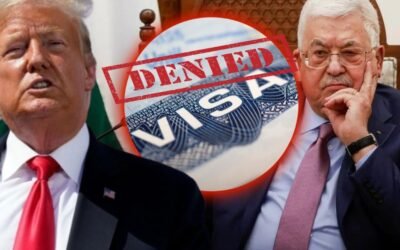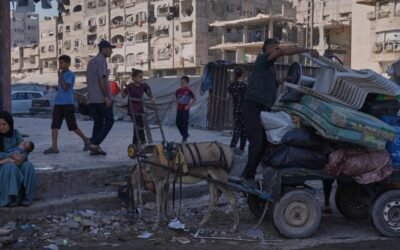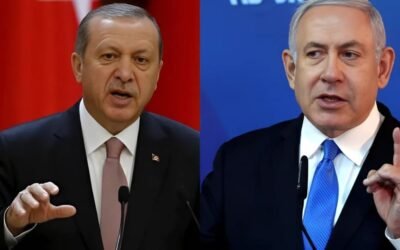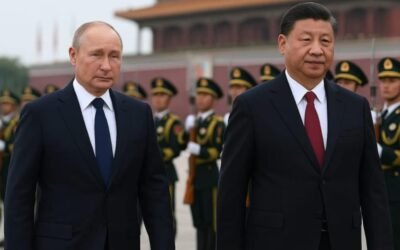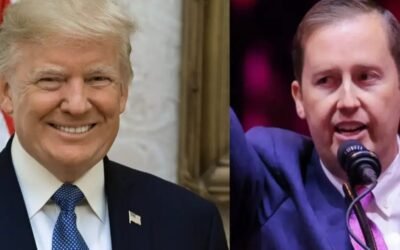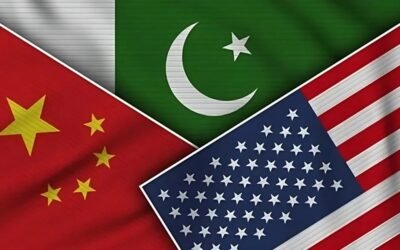Pakistan’s image on the global stage is deeply influenced by how it is portrayed in the international media. These portrayals impact how other countries view Pakistan’s stability, economy, and political behavior. In turn, these perceptions shape diplomatic relations, trade, foreign investment, and even global cooperation in areas like counterterrorism.
International media often becomes the lens through which the world understands Pakistan. Unfortunately, this lens is not always balanced. Most global outlets tend to highlight negative events such as political instability, terrorist attacks, economic collapse, and security failures. This creates a one-sided view that overlooks the country’s achievements, progress, and potential.
For example, headlines about terrorist activity or political unrest create a perception of constant crisis. This discourages investors, tourists, and even governments from engaging with Pakistan. As a result, Pakistan loses valuable opportunities for trade, investment, and strategic partnerships.
On the other hand, when positive stories make it to international platforms like Pakistan’s digital growth, humanitarian efforts, or cultural exports, they help soften the negative image and invite global curiosity and cooperation. Unfortunately, such stories are often rare or buried under crisis headlines.
Foreign Policy Impact
Pakistan’s foreign policy goals are closely tied to its global image. Whether the country is trying to gain support at the United Nations, secure loans from the International Monetary Fund (IMF), or sign defense agreements with key allies, its reputation matters. A country seen as unstable, dangerous, or unreliable will face resistance in the global arena.
After 9/11, Pakistan became a frontline state in the U.S.-led “War on Terror.” The country paid a heavy price, losing thousands of lives and billions of dollars. Yet, despite these sacrifices, much of the global media continued to portray Pakistan as a haven for extremists. This narrative has continued into recent years, especially with concerns about the FAK (fitna-al-khwarij) launching attacks from Afghan territory.
Such media portrayals have long-term consequences. They affect visa policies, international aid, trade deals, and even educational and cultural exchanges.
India’s Influence and Regional Tensions
India has played a major role in shaping global opinion about Pakistan, especially through its influence in international media and diplomacy. New Delhi often accuses Islamabad of supporting cross-border terrorism, especially in Kashmir. These accusations, even when unproven, gain wide coverage in the global press. This damages Pakistan’s diplomatic standing and isolates it further.
At the same time, India’s actions, such as human rights violations in Kashmir or alleged assassinations abroad, are often downplayed. This imbalance is due to India’s stronger public diplomacy, larger media influence, and better international outreach.
Data Tabulation:
1.Comparison of Quantitative coverage
| Newspaper | Editorials |
|---|---|
| The Guardian | 5 |
| The Telegraph | 5 |
2.Newspapers Editorials
The table shows that both The Guardian and The Telegraph published 5 editorials on research issues of Pakistan-India relations during the research period.
3. Comparison of Qualitative coverage
| Support to Pak Government Stance (+) | Opposite to Pak Government Stance(-) | Neutral (O) | |
|---|---|---|---|
| The Guardian | 20% | 40% | 40% |
| The Telegraph | 20% | 40% | 40% |
This table points out that policy in editorials of both newspaper is same towards Pak-Government stance on the under research issues of Pak-India relationship. The general stance of 40% editorials of both
newspapers are balanced, 40% opposite, and 20% supportive towards Pakistan stance on under research issues of Pak-India relationship.
4.Comparison of Qualitative coverage
| Support forthe Pak Government Stance (+) | Opposite to Pak Government Stance(-) | Neutral (O) | |
|---|---|---|---|
| The Guardian | 30.4% | 16.8% | 52.8% |
| The Telegraph | 26% | 34% | 37% |
The results of the table show that the general stance of 52.8% articles of The Guardian and 37.6% of The Telegraph is neutral towards the Pakistan government’s stance on the research issue and 30.4%
Articles in The Guardian and 25% of the Telegraph are supportive of Pakistan’s stance. Whereas
37.4% articles of the Telegraph and 16.8% of the Guardian is opposite towards Pakistan government’s stance on under research issues of Pak-India relationship.
Internal Weaknesses Make It Worse
Pakistan’s internal problems give international media more reasons to paint a negative picture. Political instability, frequent leadership changes, weak rule of law, and poor economic planning fuel doubts about the country’s future. Rapid population growth, low literacy rates, poor health indicators, and corruption add to the concerns.
For example, Pakistan ranks low on the United Nations Human Development Index. This reflects poor access to education, healthcare, and basic human needs. It also confirms the perception that Pakistan is not investing in its people, further damaging its global image.
All of these issues make it harder for Pakistan to be seen as a reliable global partner or an emerging economy worth investing in.
Public Diplomacy
Public diplomacy refers to how a country communicates with foreign populations to build its image and explain its policies. Many nations now use it to strengthen ties, improve their reputation, and manage global perception. For Pakistan, this is no longer optional it is necessary.
Now that Pakistan has improved its internal security, especially after the war on terror, it must shift focus toward rebuilding its global image. Public diplomacy can correct false narratives and highlight the country’s achievements in technology, culture, entrepreneurship, and peace efforts.
This can be done through:
- Cultural exchange programs
- International media collaborations
- Digital storytelling through embassies and consulates
- Active presence on global platforms like the World Economic Forum, UN summits, and international think tanks
By sharing its story through multiple channels, Pakistan can reach not just governments but also the global public. This is essential in a time when public opinion often shapes foreign policy.
The Role of Domestic Media
Pakistan’s domestic media is free, active, and often critical. But it also has a responsibility. It should work to balance coverage by highlighting both problems and progress. Overly negative or sensational reporting hurts the country’s image abroad. Local media should understand that the stories they publish are often picked up by international outlets, shaping Pakistan’s reputation far beyond its borders.
Pakistan’s global image is not just shaped by its policies, but also by how those policies are perceived through international media. The country’s foreign policy, economic progress, and diplomatic ties are all influenced by this perception.
To change how the world sees Pakistan, the country must:
- Strengthen its political and economic systems
- Improve governance and accountability
- Engage actively with international media
- Invest in public diplomacy
- Build a national media strategy focused on truth, balance, and global outreach
In today’s world, perception is power. For Pakistan to achieve its foreign policy goals, rebuild its economy, and gain global respect, it must start by telling its story clearly, honestly, and consistently.


